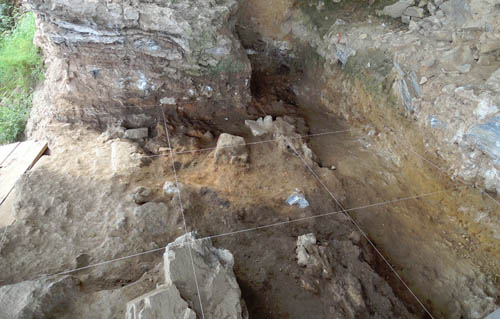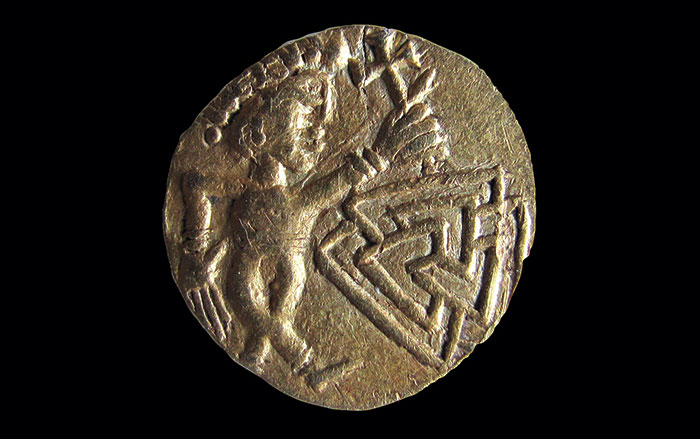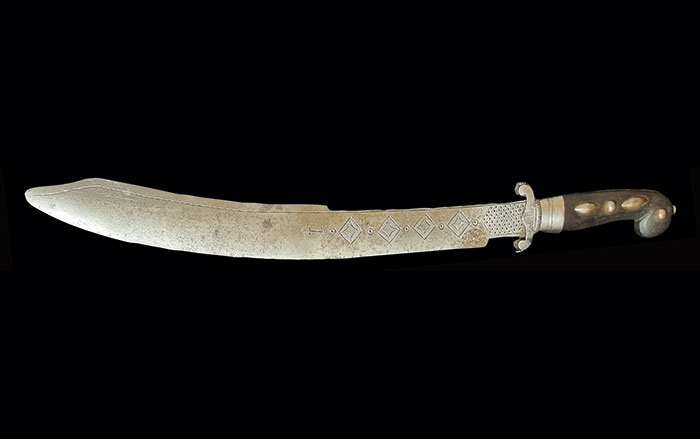
BEIJING, CHINA--A new analysis of ash from Zhoukoudian Locality 1, located in northern China, concludes that Homo erectus pekinensis, or Peking Man, could control and use fire some 770,000 years ago. “At present, the key point of the debate over the intentional use of fire by Homo erectus pekinensis at Zhoukoudian is whether or not siliceous aggregate (an insoluble phase of burned ash) is present in ash remains recovered from the site,” Gao Xing of the Institute of Vertebrate Paleontology and Paleoanthropology at the Chinese Academy of Sciences told Phys Org. The four samples of ash that Gao’s team collected from the site detected aluminum, potassium, iron, and silicon, all associated with siliceous aggregates, and elemental carbon. All are identified as indicators of in situ fire. “Therefore, the location and quantities of the samples analyzed before might have been insufficient to draw overall conclusions about the site as a whole,” Gao added.









